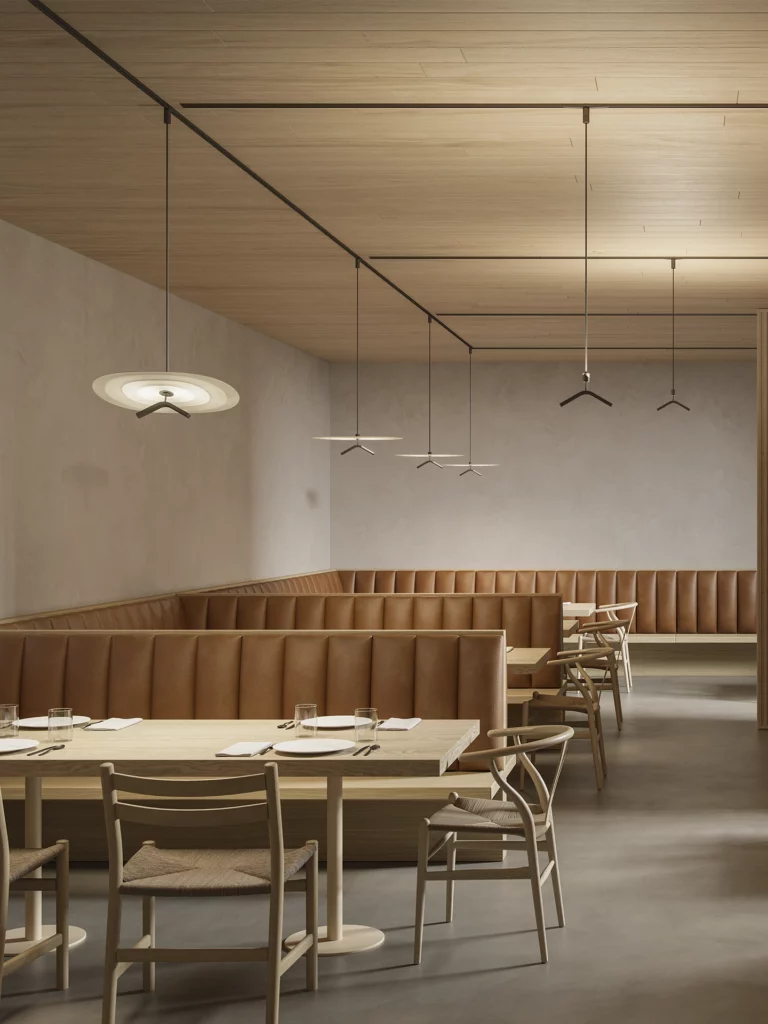FliaSistema binario
designed by Alessandro Zambelli
Collegato al binario sottile per mezzo di un pratico adattatore, il binario Flia trova una nuova applicazione in un numero crescente di possibili configurazioni. Grazie all’orientabilità della testa e al giunto nell’adattatore, l’apparecchio è facilmente posizionabile a secondo delle esigenze.
Modelli
A04WB1 A04B1
Flia

A04WB1 A04B1
Flia
Specifiche principali
| Typology | Sistema binario | ||
|---|---|---|---|
| Application | Interno | ||
| Material |
|
||
| Finishes |
|
||
| Dimensions (mm) | H 700, L 160 | ||
| Weight (kg) | 0.1 | ||
| Light Source | LED 3,3W, 3000K, 2700K, CRI 90 | ||
| Insulation Class | III |


Elegant and essential, with its infinite possibilities and three types – ceiling/wall, built-in and suspension – the new track system is the ideal solution for projects in residential contexts and contract applications.
Discover the track solution and the possible combinations suitable for your projects
Lighting systems









